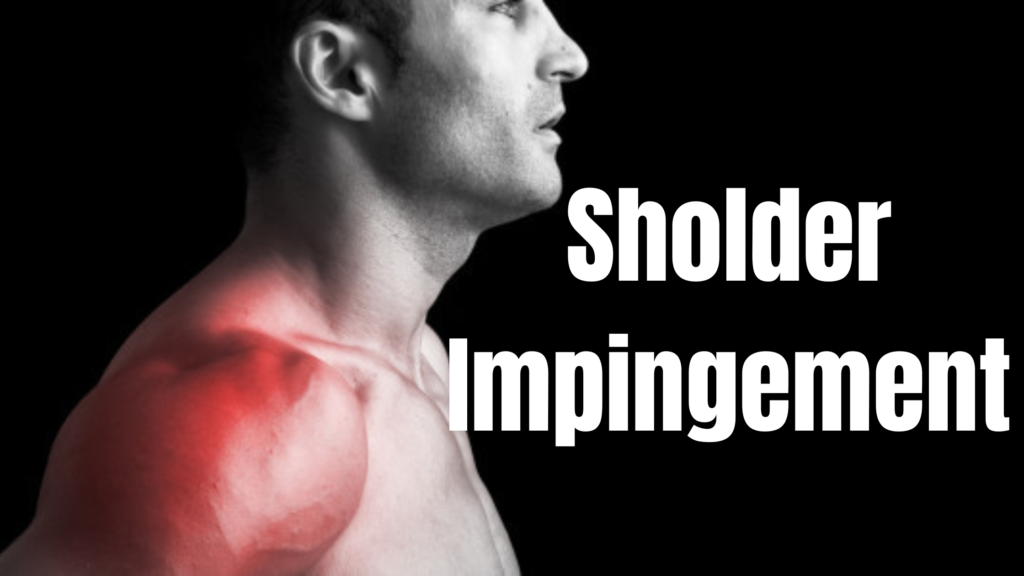Shoulder Impingement Syndrome (also called Subacromial Impingement Syndrome) is a common cause of shoulder pain, especially in active individuals and athletes. It occurs when the rotator cuff tendons or bursa in the shoulder become compressed or “impinged” during arm movements, particularly overhead activities.
🧠 What Is Shoulder Impingement?
It refers to a mechanical conflict in the subacromial space — the area between the acromion (part of the shoulder blade) and the rotator cuff tendons. When this space narrows or becomes inflamed, the tendons or bursa get irritated or pinched.
🔍 Causes
- Repetitive overhead movements (sports like swimming, tennis, or jobs like painting)
- Rotator cuff weakness or imbalance
- Poor posture (rounded shoulders or forward head posture)
- Bone spurs or acromial shape variations
- Previous shoulder injuries
⚠️ Symptoms
- Pain with overhead activities (reaching, lifting, throwing)
- Pain at night, especially when lying on the affected side
- Weakness in the shoulder or arm
- Limited range of motion
- A “catching” or “grating” sensation when moving the shoulder
🧪 Diagnosis
- Physical exam: Positive impingement tests (e.g., Neer, Hawkins-Kennedy tests)
- X-ray: To check bone structure, spurs
- MRI or ultrasound: To evaluate rotator cuff or bursitis
🛠️ Treatment
Conservative (first-line):
- Rest and avoid aggravating movements
- NSAIDs (ibuprofen, naproxen)
- Physical therapy: Focused on strengthening the rotator cuff and scapular stabilizers, improving posture, and increasing flexibility
- Ice therapy to reduce inflammation
- Corticosteroid injections (if conservative treatment fails)
Surgical (only if necessary):
- Arthroscopic subacromial decompression: Removing part of the acromion or inflamed bursa to relieve pressure
- Rotator cuff repair (if torn)
🧘 Prevention
- Warm up and stretch before activity
- Strengthen rotator cuff and shoulder blade muscles
- Maintain good posture
- Avoid repetitive overhead tasks if possible
